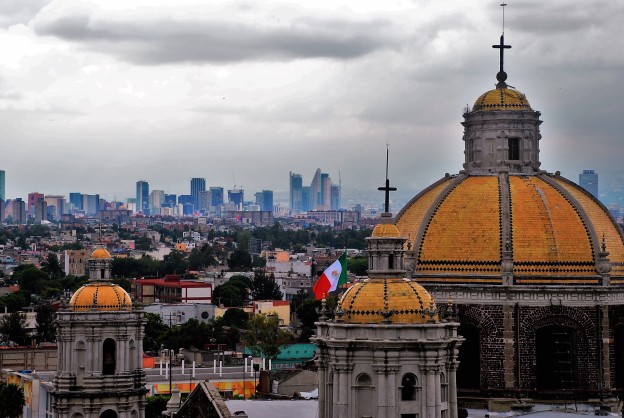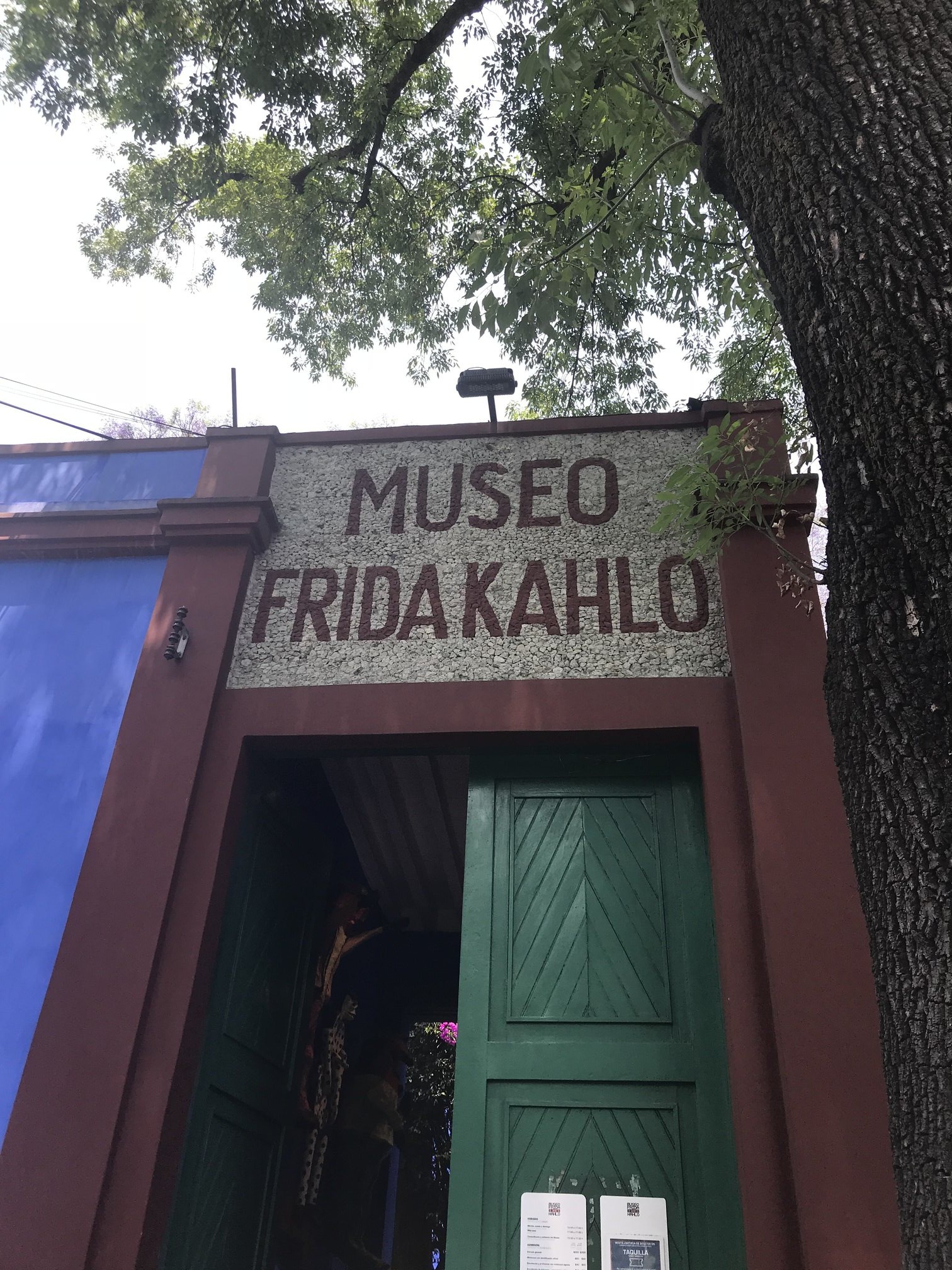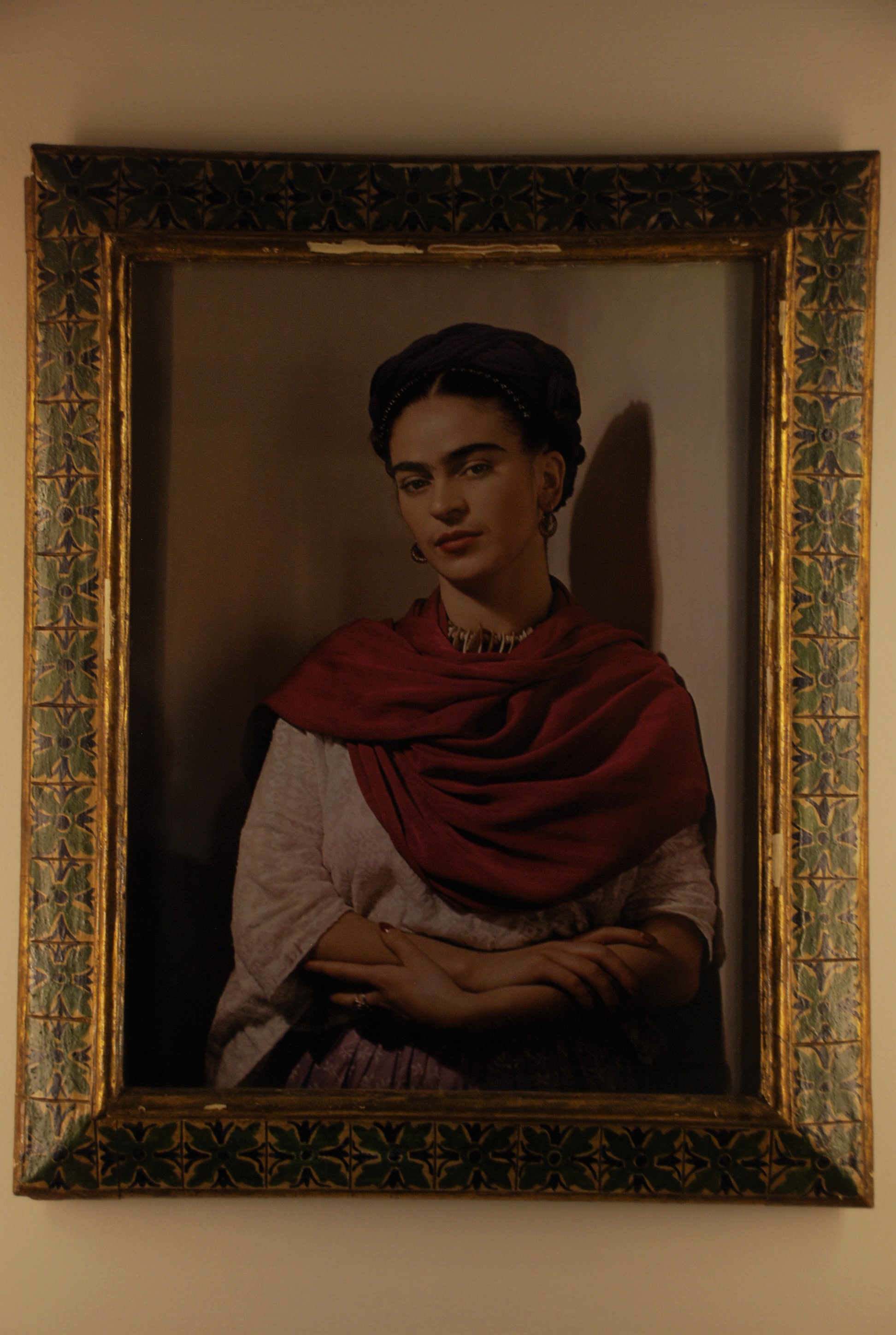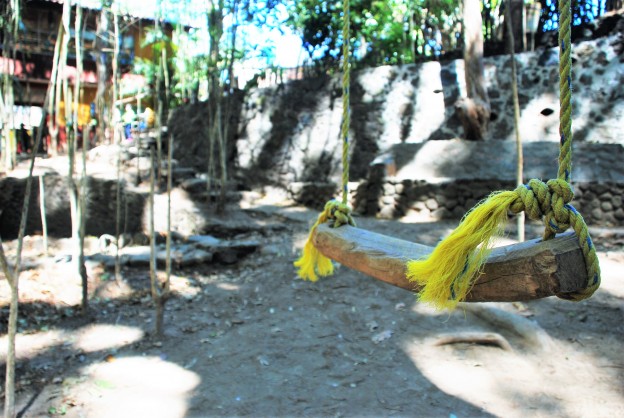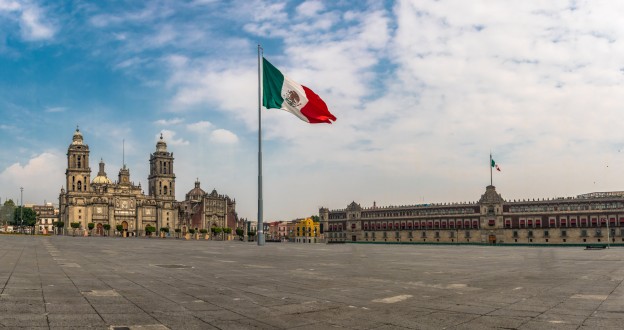Spring break has come and gone and we are back to the books! However, the experiences and memories made this past week in Mexico City will not soon leave us. Formerly known as the Federal District of Mexico, similar to our Washington D.C., Mexico City has now claimed statesmanship as its own municipality and capital. I couldn’t believe that this entire city was built on water, which goes to show how truly amazing and creative the people of Mexico have been throughout time.
Mexico City has about 8.8 million people that call it home, sitting at the 23rd largest city in the world. As I sit and reminisce of the immense size of the city and it’s districts my mind wanders to the countless walks we took on the large city streets. One our first adventures was to the museum of Frida Kahlo. The blue house, as it’s called, wasn’t initially meant to be a museum at, as it was originally her former house. When she died she requested that her husband, fellow artist Diego Rivera, keep her things hidden. Following her request, when Diego died he demanded that her belongings be locked in a bathroom of the blue house until 15 years after his death. Some conspiracy theories suggest politics, including the couple’s communist beliefs and relationship with Leon Trotsky, are behind this request.
After brief (3.5 hour) wait in line, we learned about the life of Frida Kahlo, a prominent influence in the art scene of Mexico. One of the most interesting facts I learned was that from her experience of polio, one of her legs stopped growing. In response to the stunted growth in her leg, she made dresses that covered her disability. The dresses she made are part of the art that influences modern art displayed in her museum today! Her art also represented some of the struggles with her disability, including her infertility and desire for children, her medical past, or occasional confinement to her bed. However, she also used her art to explore worlds beyond what she herself could know, and painted many works with native Mexican plants and animals, pre-Hispanic symbols and traditions, and imaginative surreal worlds. All of this is displayed in the possessions and artwork in la Casa Azul, the house in which she was born and died.

